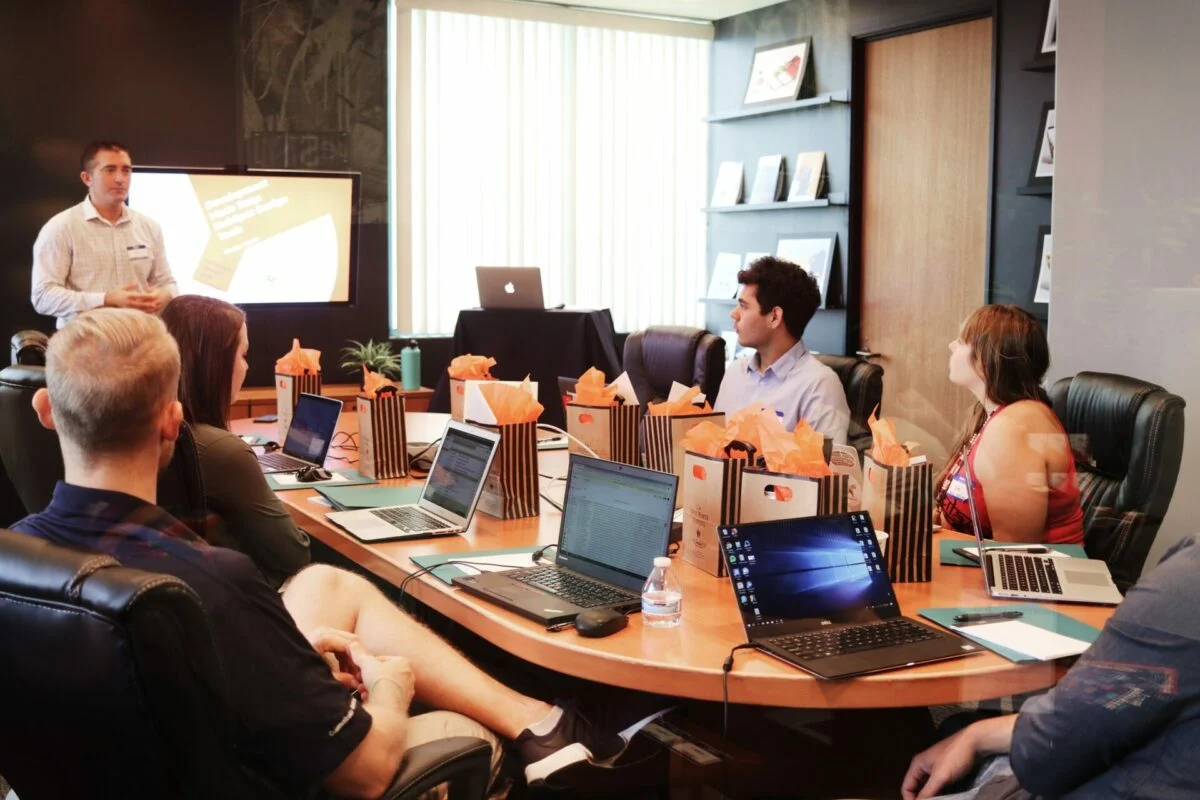In the tapestry of education, where every thread represents a unique learner, it is imperative that we strive to weave an inclusive classroom—a space where all students feel valued, respected, and empowered to reach thier full potential. Enter Universal Design for Learning (UDL), a visionary framework that guides us towards this noble goal. By embracing the principles of UDL, we can craft learning environments that cater to the diverse needs of all learners, erasing barriers and unlocking their infinite possibilities. Together, let us embark on a journey to explore the transformative power of UDL, as we build classrooms where every student has a place to thrive and shine.
Creating a Welcoming and accessible Learning environment
Multiple Means of Engagement:
Creating a learning environment that caters to diverse learning preferences involves providing multiple avenues for student engagement. Interactive visuals, such as diagrams and simulations, stimulate visual learners. Audio recordings of lectures and readings accommodate auditory learners. Experiential activities and hands-on projects engage kinesthetic learners. Additionally, offering flexible assignments and pacing allows students to learn at their own pace and in a way that suits their individual learning styles.
Adapting Instructional Materials and Strategies
Universal Design for Learning (UDL) advocates for creating learning environments that are flexible and supportive of all learners’ diverse needs. is crucial to ensure inclusivity in the classroom. By using a range of materials in multiple formats (e.g., text, audio, video, hands-on activities), educators can provide multiple pathways for accessing and understanding content. Additionally, using accessible technologies such as assistive software or screen readers allows students with disabilities to fully engage in learning. Moreover, employing differentiated instruction strategies, such as providing different levels of scaffolding or varied assignments, addresses the diverse learning styles and needs of all learners. By , educators create a more equitable and supportive learning environment where all students can thrive.
Providing Flexible learning Opportunities and Assessments
To ensure equitable learning for all, provide flexible options for students to access content and demonstrate their knowlege. For instance, offer:
Multiple representations: Provide the same content in various formats, such as text, audio, and video.
Multiple ways to engage: Allow students to choose activities that match their learning styles, such as hands-on projects, group work, or independent study.
* Flexible assessment: Offer a variety of assessment methods, including formative assessments, which allow students to receive feedback and adjust their learning, and summative assessments, which measure overall progress.
Fostering a Collaborative and Supportive Classroom Community
Creating a classroom community that embraces the diversity of all learners starts with building a culture of respect, collaboration, and support. Encourage students to participate in peer-led discussions, share their perspectives respectfully, and provide constructive feedback to their classmates. Establish a consistent set of classroom norms that emphasize listening actively, valuing different viewpoints, and seeking help when needed. By fostering a collaborative and inclusive environment, learners feel valued and empowered to contribute to their classroom community.
Closing Remarks
As educators, let us be the architects of inclusive learning spaces, where diversity is celebrated, and all students are empowered to reach their full potential. By embracing Universal Design for Learning, we can create classrooms that are not just accessible but equitable, ensuring that every learner has the possibility to succeed. Remember, true inclusion is not about meeting minimum standards but about fostering a sense of belonging and creating a learning environment where every student feels valued, respected, and inspired.


